The Matilda Effect: Women Inventors Who Were Overshadowed by Men
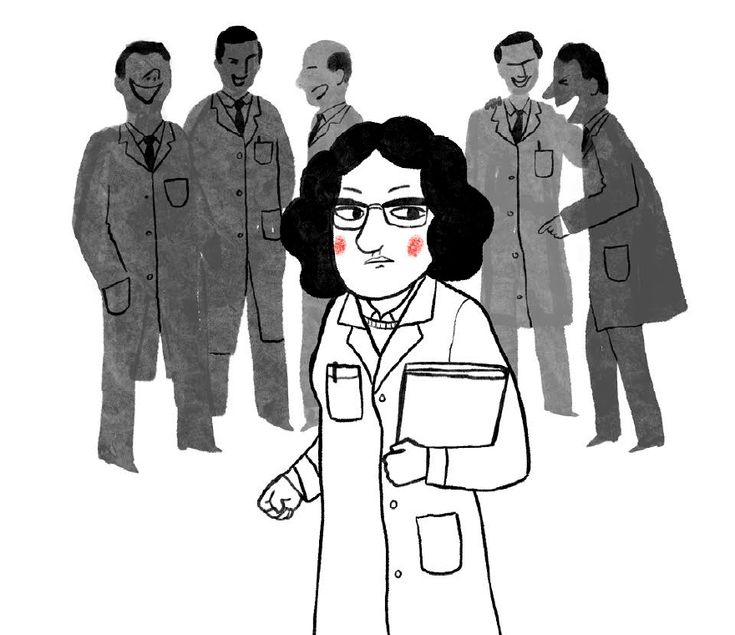
Introduction
History is full of towering names; Edison, Newton, Darwin; and we tend to assume that they alone pushed the world forward. But scratch beneath the surface, and you'll find stories of women whose innovations altered daily life, science, or technology; yet whose names were minimized, omitted, or replaced by men’s.
This isn’t just a matter of omission or slight. For centuries, structural sexism, legal restrictions, and cultural bias conspired to deny women recognition or ownership of their own ideas. In many cases, their inventions were claimed, adapted, or popularized by men, leaving their original contributions invisible.
Lets look at dozens of women who experienced the Matilda effect.
The System That Silenced Her
Before we dive into the stories, we need to understand the structural forces at play:
Patent laws and property constraints
In earlier centuries, many legal systems did not allow women to hold property in their own names, or restricted what legal rights they had. That meant even if a woman invented something, the patent might have to be filed under her husband’s name or under a male associate.Limited access to education and technical networks
Engineering, physics, chemistry, fields dominated by men, were often inaccessible to women. Even when women contributed, they were excluded from informal networks, publication circles, or funding sources that legitimized discoveries.The “Matilda Effect”
Named for a 19th-century activist (Matilda Gage), this is the phenomenon where scientific contributions by women are attributed to male colleagues, supervisors, or collaborators.Cultural and institutional bias
Women’s inventions, especially domestic or “soft technology” ones, were often deemed less important or dismissed as trivial, leaving them off mainstream narratives. Men who later adapted or commercialized these ideas were seen as the “real” inventors.
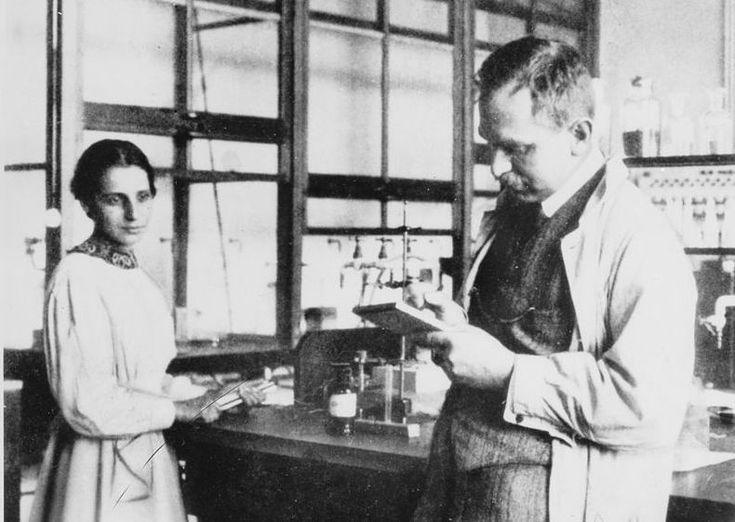
Photo Credit: Pinterest
These forces together meant that even the most brilliant women often needed to fight for recognition, and many lost that fight, or had their stories buried.
Pioneers Whose Names Were Almost Lost to History
Below are ten women whose inventive work is now increasingly acknowledged, but who, for a time or permanently, did not receive the credit they deserved.
1. Rosalind Franklin — DNA’s Hidden Architect
Perhaps the most famous case: in the race to uncover DNA’s structure, Rosalind Franklin’s X-ray crystallography images, especially the famous “Photo 51,” were pivotal. Without explicit permission, this photograph was shown to James Watson and Francis Crick, giving them critical structural clues.
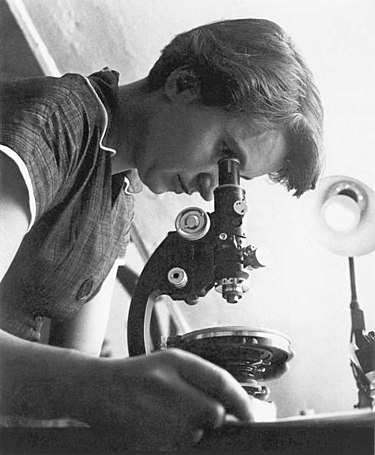
Photo Credit: Wikipedia | Franklin with a microscope in 1955
Watson and Crick published their double-helix model in 1953. Franklin’s work was published in the same journal shortly afterward, but on a less prominent page, making it appear supportive rather than foundational.
She died in 1958, before the Nobel Prize was awarded in 1962 (which went to Watson, Crick, and Maurice Wilkins). Franklin was never recognized with a Nobel, though many argue she should have been.
Her legacy now looms large in molecular biology, as a symbol of how women’s contributions to science were marginalized.
2. Hedy Lamarr — From Silver Screen to Signal Science
Few people imagine a glamorous Hollywood actress doubling as a technologist. But Hedy Lamarr (1914–2000) co-invented a frequency-hopping spread spectrum communication system with composer George Antheil during World War II. The idea was to make radio transmissions harder to jam, a concept foundational to modern wireless technologies like Wi-Fi, Bluetooth, and GPS.
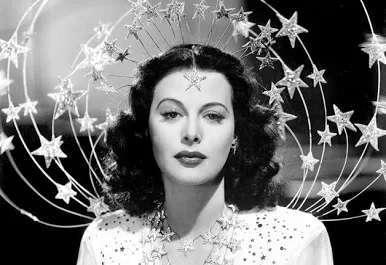
Photo Credit: Google |
Despite patenting the system in 1942, the U.S. Navy declined to adopt it at the time, partly dismissing it because it came from a film star. Decades later, elements of her invention became integral to modern communication systems, yet her name remained obscure to engineers and technologists.
Only in recent decades has Hedy Lamarr been more widely recognized, inducted into the National Inventors Hall of Fame in 2014, among other honours.
3. Mary Anderson — The First Windshield Wiper
On a trip to New York City in 1902, Mary Anderson noticed a streetcar driver having to lean out and manually clear snow and sleet from his windshield. She sketched a design for a mechanical wiper, patented it in 1903, and tried to market it to automobile manufacturers.
But manufacturers claimed consumers would not pay for it, or that it was unnecessary. Her patent expired, and auto companies adopted the windshield wiper later, benefiting from her idea without paying or acknowledging her.
Today, every car in the world uses windshield wiper, an invention she struggled to bring to market. Her name is now more acknowledged, but the compensation never matched the impact.
4. Margaret Knight — The Square-Bottom Paper Bag Machine
Known in some circles as the “Lady Edison,” Margaret Knight (1838–1914) invented a machine that could automatically cut, fold, and assemble square-bottom paper bags, the kind many grocery bags use today.
While she was working on her prototype, a machinist named Charles Annan visited her workshop and later patented the design under his own name. Knight fought a lengthy legal battle and eventually prevailed.
Though she eventually got recognition, the delay and legal stress served as a warning to many women inventors: guarding one’s patent rights meant extra burden.
5. Lise Meitner — Splitting the Atom, Without the Credit
Austrian-Swedish physicist Lise Meitner made crucial theoretical contributions to the discovery of nuclear fission. When Otto Hahn and Fritz Strassmann first observed atomic nuclei splitting, Meitner (who had fled Nazi Germany) provided the theoretical interpretation; linking mass defect and energy release, explaining how uranium nuclei split.
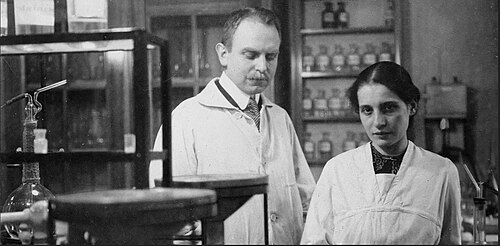
Photo Credit: Wikipedia | Lise Meitner and Otto Hahn in 1912
Despite this, the 1944 Nobel Prize in Chemistry went to Hahn alone, with no mention of Meitner. Historians argue her exclusion was rooted in gender and wartime displacement.
Because her contributions were theoretical and not experimental in the lab, she was left out of the formal recognition. Over time, she has become widely viewed as one of the greatest scientists left out of that Nobel.
6. Ada Lovelace — The First (Uncredited) Programmer
In the 1840s, Ada Lovelace worked with Charles Babbage on his proposed Analytical Engine, a mechanical general-purpose computer. Lovelace wrote a sequence of instructions for the machine to calculate Bernoulli numbers , often considered the first computer algorithm or “program.”
For many years, historians emphasized Babbage’s mechanical genius while minimizing Lovelace’s intellectual contribution. It took decades for her notes to be re-examined and for her to be celebrated as the first computer programmer.
Today, computer scientists often cite Lovelace as a pioneer who foresaw how machines could go beyond mere calculation to symbolic manipulation.
7. Katherine Johnson, Dorothy Vaughan & Mary Jackson — NASA’s Mathematical Core
In NASA’s early space programs, Katherine Johnson, Dorothy Vaughan, and Mary Jackson were vital mathematicians and engineers whose behind-the-scenes calculations made manned spaceflight possible. Their stories became more widely known through the book and film Hidden Figures.
Despite their critical contributions in trajectory calculations, orbital mechanics, and engineering, official recognition tended to go to male engineers, project leads, or astronauts. Only much later did NASA begin formally honouring their work with awards, plaques, and internships in their names.
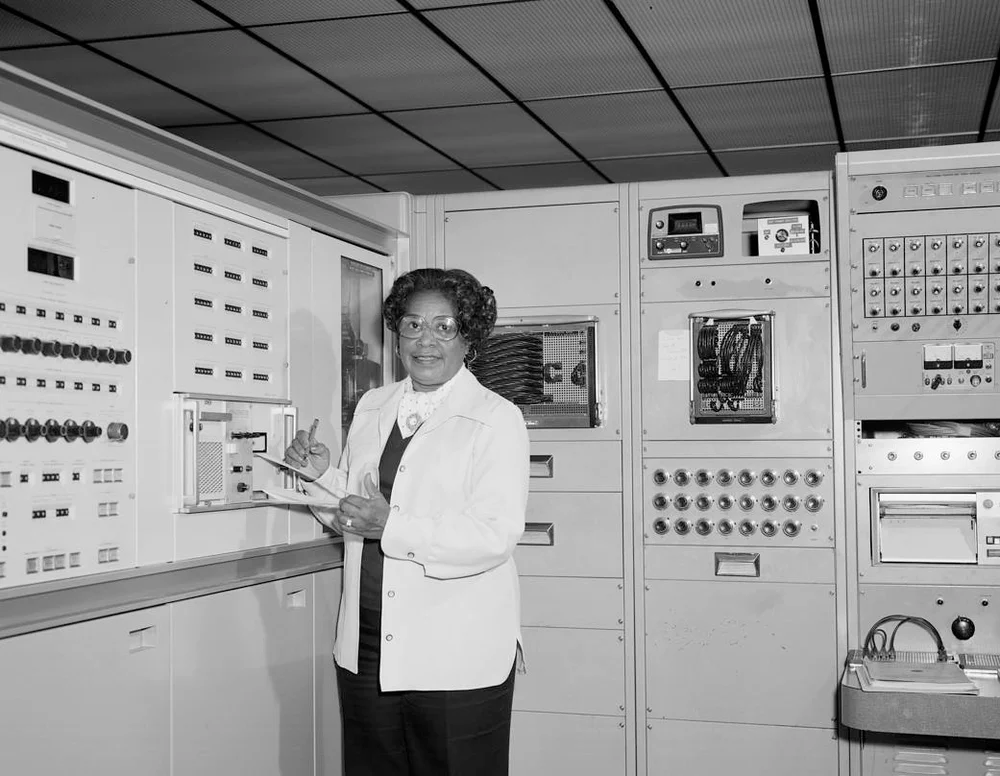
Photo Credit: Scientific America | Mary Jackson was one of the "human computers" portrayed in the film "Hidden Figures."
Their stories remain powerful reminders that the foundations of complex systems frequently depend on under-credited expertise.
8. Esther Lederberg — Microbial Genetics Pioneer
Esther Lederberg was a pioneering geneticist who worked on bacteriophage (viruses that infect bacteria). She discovered the lambda phage, contributed to methods for gene transfer (transduction), and developed tools still used in microbiology.
While her husband, Joshua Lederberg, won the 1958 Nobel Prize for genetics research, her contributions were underplayed. Her name often appears as “collaborator” rather than equal contributor.
In recent years, scholars have re-evaluated her role, granting her greater visibility in the history of molecular biology.
9. Alice Ball — The Leprosy Treatment That Carried Her Name (Secretly)
Dr. Alice Augusta Ball, a Hawaiian chemist, developed the “Ball method” for treating leprosy by making the active compounds in chaulmoogra oil injectable and soluble in the bloodstream.
Tragically, after Ball’s death in 1916, another researcher, Arthur Dean, claimed credit for her work and published the method under his name. It was used widely for years, with little public acknowledgment of Ball’s role. (Pink Space Theory)
Modern historians now recognize Ball’s contribution, and some medical circles refer to the treatment by her name.
10. Elizabeth Magie — The Real “Monopoly” Architect
Today’s Monopoly game is wildly popular, but it was long believed to be invented by Charles Darrow in the 1930s. In reality, Elizabeth Magie Phillips patented The Landlord’s Game in 1903 as a critique of monopolistic capitalism.
Years later, Darrow adapted many of her rules, rebranded the game, and sold it to Parker Brothers, who credited him. Magie’s early ownership and conceptual design were buried in the deal.
It’s a potent example of how a woman’s original intention, criticizing monopoly, was inverted into one of capitalism’s most profitable board games.
Why These Stories Matter Today
1. Correcting the historical record
Honouring these women isn't just symbolic, it restores intellectual ownership and helps us understand that innovation is collective, not singular. It provides a more inclusive, accurate history.
2. Inspiring future generations
When girls and women see themselves in the narratives of inventors, it shifts culture and imagination. It helps break the myth that “inventors” are only men.
3. Reassessing attribution in science and tech
Even today, debates continue about who should be credited for breakthroughs (especially in collaborative or corporate settings). Recognizing historical injustices helps us scrutinize current systems of credit and authorship.
4. Highlighting undervalued domains of innovation
Many of these women invented tools for domestic life or “soft tech” (e.g. bras, household appliances). Because the innovation was “feminine,” society undervalued it. Today, we’re seeing more appreciation for marginalized domains of innovation.
Conclusion
The stories of Rosalind Franklin, Hedy Lamarr, Mary Anderson, Margaret Knight, Lise Meitner, Ada Lovelace, Katherine Johnson (and her colleagues), Esther Lederberg, Alice Ball, Elizabeth Magie, and many more, have long been obscured by sexism and structural bias. Yet their creations remain embedded in daily life, scientific breakthroughs, and cultural systems.
As we uncover these histories, we owe it not just to the past, but to the future: to write women into the narrative of innovation, to inspire new generations, and to guard against erasure.
More Articles from this Publisher
Nigeria Secures West Africa’s Biggest Military Jet Acquisition with 24 Italian M-346FA Fighters

Nigeria makes history with West Africa’s largest military jet deal, acquiring 24 Italian M-346FA fighters to modernize i...
How to Keep Your Wig Safe from Snatchers This December

A humorous yet practical guide for Lagos women navigating Detty December. Learn how to protect your wig, embrace natural...
Queen Of Talk Show: What Is Next For Morayo Afolabi Brown?

After 12 years shaping Nigeria’s talk TV, Morayo Afolabi Brown isn’t just back; she’s creating her own stage. The Morayo...
Five Menstruation Myths That Still Need to Go

Why do menstruation myths survive in a world of modern medicine? We examine five beliefs science has already debunked.
ITU Reports That 2.2 Billion People are Offline, So How “Global” Is Your Feed Really?

Your feed feels “global” until you realize who isn’t in it. In just 10 countries, about 1.25 billion people are offline,...
The Population Plot Twist: What Really Changed in OECD Countries Since 1990?

Migration quietly rewired many OECD countries in 35 years. Who benefited, who paid the price, and why the backlash keeps...
You may also like...
Super Eagles' Shocking Defeat: Egypt Sinks Nigeria 2-1 in AFCON 2025 Warm-Up

Nigeria's Super Eagles suffered a 2-1 defeat to Egypt in their only preparatory friendly for the 2025 Africa Cup of Nati...
Knicks Reign Supreme! New York Defeats Spurs to Claim Coveted 2025 NBA Cup

The New York Knicks secured the 2025 Emirates NBA Cup title with a 124-113 comeback victory over the San Antonio Spurs i...
Warner Bros. Discovery's Acquisition Saga: Paramount Deal Hits Rocky Shores Amid Rival Bids!
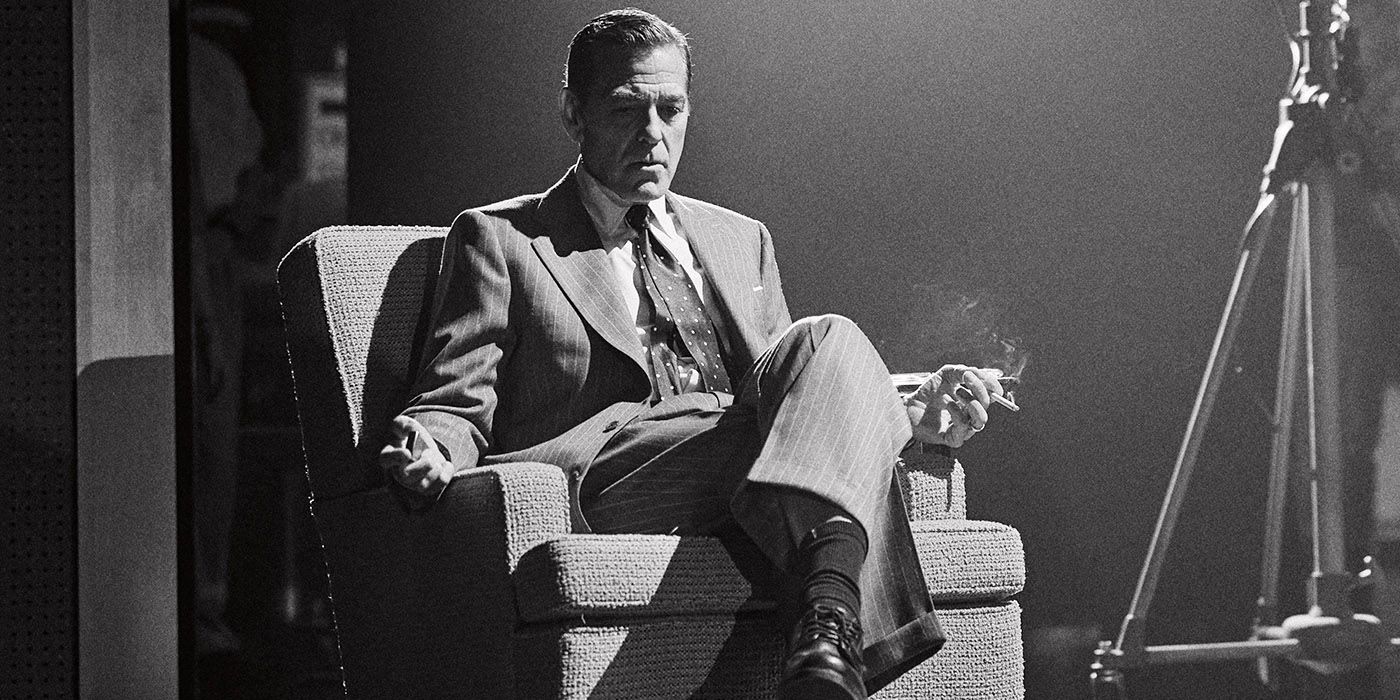
Hollywood's intense studio battle for Warner Bros. Discovery concluded as the WBD board formally rejected Paramount Skyd...
Music World Mourns: Beloved DJ Warras Brutally Murdered in Johannesburg

DJ Warras, also known as Warrick Stock, was fatally shot in Johannesburg's CBD, adding to a concerning string of murders...
Palm Royale Showrunner Dishes on 'Much Darker' Season 2 Death
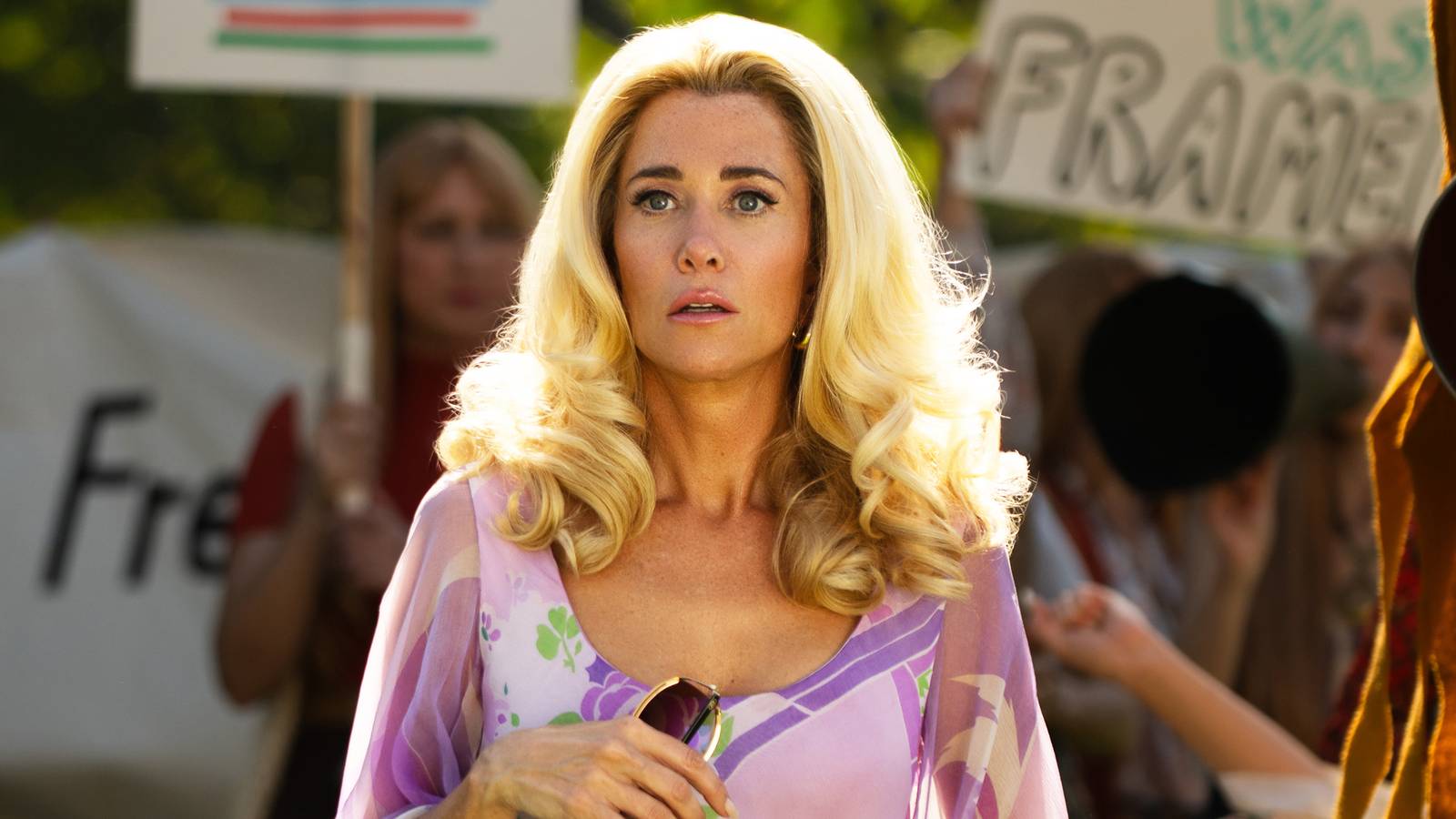
"Palm Royale" Season 2, Episode 6, introduces a shocking twin twist, with Kristen Wiig playing both Maxine and her long-...
World Cup Fiasco: DR Congo Faces Eligibility Probe, Sparks 'Back Door' Accusations from Nigeria

The NFF has petitioned FIFA over DR Congo's alleged use of ineligible players in the 2026 World Cup playoffs, potentiall...
Trump's Travel Ban Fallout: African Nations Hit Hard by US Restrictions

The Trump administration has significantly expanded its travel restrictions, imposing new partial bans on countries like...
Shocking Oversight: Super-Fit Runner Dies After Heart Attack Symptoms Dismissed as Heartburn

The family of Kristian Hudson, a 'super-fit' 42-year-old marathon runner, is seeking accountability from NHS staff after...
